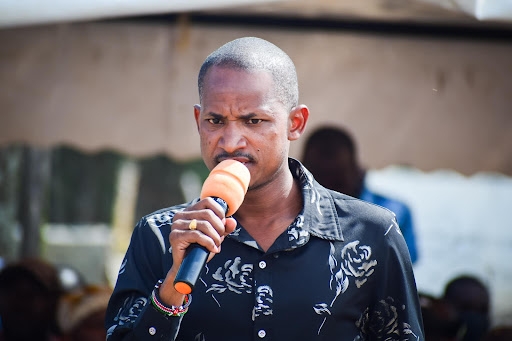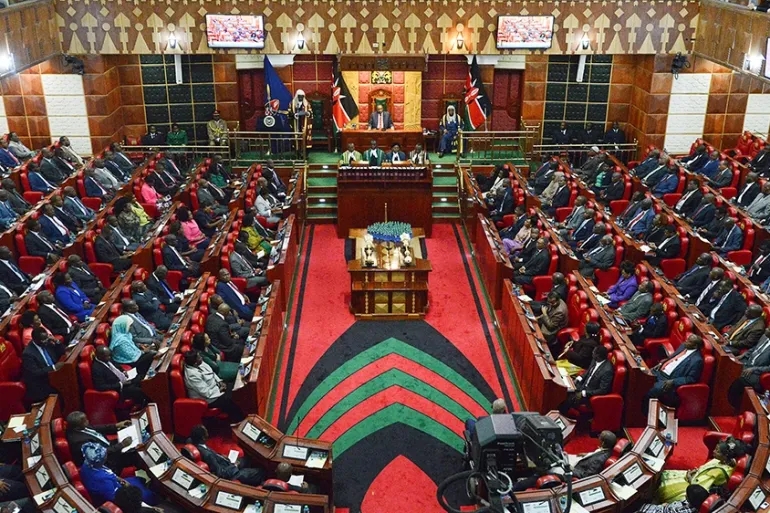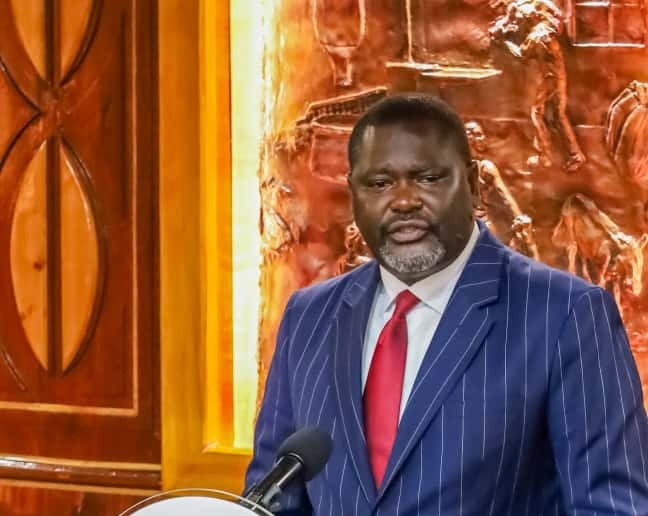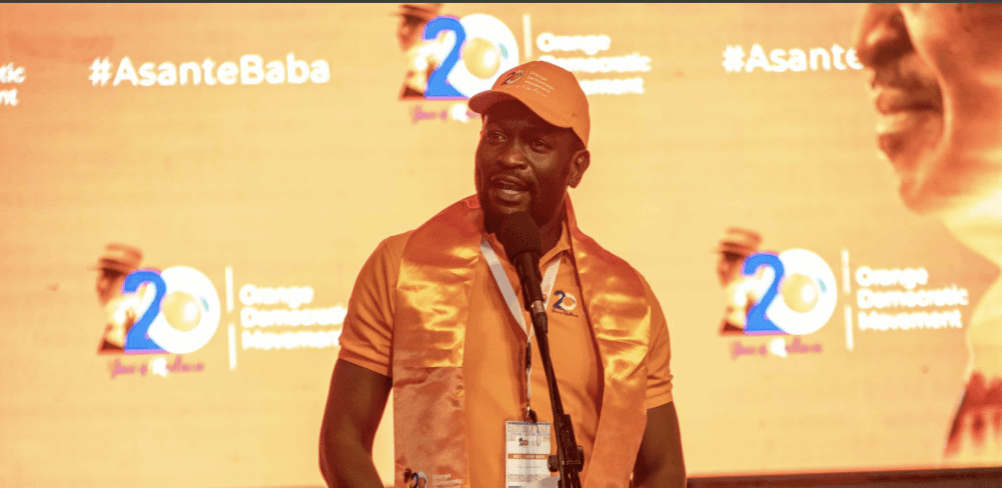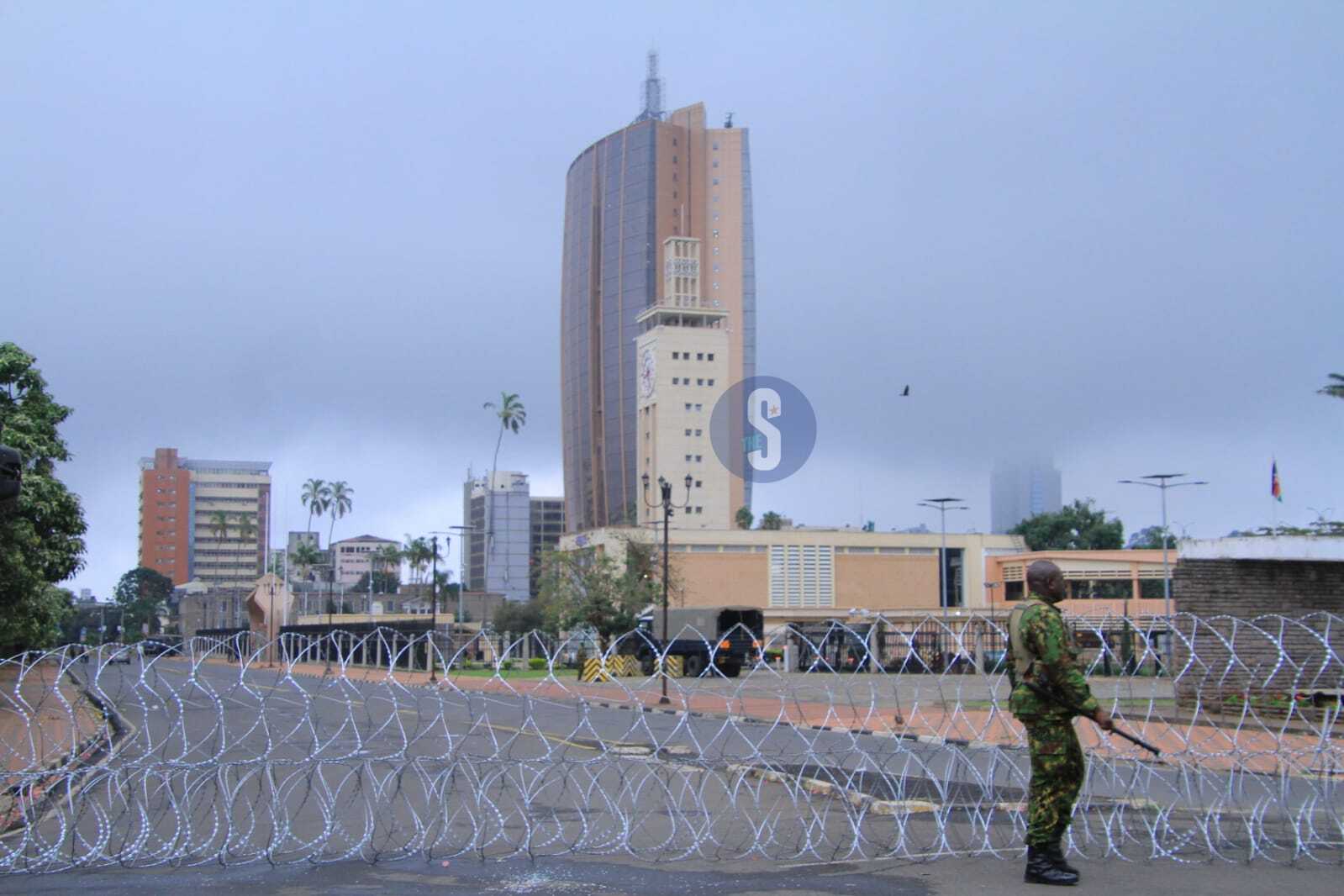
In a growing global trend, governments are increasingly turning to razor wire as a frontline defence during periods of civil unrest.
Once confined to military zones and prisons, this harsh and jarring barrier now lines city streets and government buildings around the world, symbolising the widening divide between state authority and public dissent.
Nairobi, Kenya, remains a central stage for this evolving tactic.
On July 7, 2025, razor wire was once again deployed around Parliament to deter protesters from marking Saba Saba Day, an annual protest event with deep political significance.
Razor Wire returns to Nairobi Streets
For the second time in just over a month, Nairobi’s central district was transformed into a fortress.
Ahead of the Saba Saba protests, Kenyan police sealed off Parliament Road with coils of razor wire, reinforced by barricades and a heavy police presence.
Major roads leading into the city were blocked, with security operations intensified at key points.
The deployment echoed similar scenes in June 2025, when demonstrators flooded the streets to commemorate the anniversary of the deadly 2024 anti-government protests.
Then, razor wire had been placed around State House and Parliament, alongside riot police and armoured vehicles.
Once again, the sharp-edged fencing emerged as both a physical and psychological symbol—dividing opinion and highlighting the strained relationship between the government and a vocal, youthful citizenry demanding accountability, justice, and economic reforms.
A Protest Movement Shaped by Youth and History
Saba Saba Day, historically rooted in the pro-democracy protests of the 1990s, has regained national significance. Young Kenyans now use the day to express frustrations over unemployment, high taxation, and police brutality. This year’s mobilization was largely driven by social media, spotlighting past killings, government excesses, and poor public services.
Images and videos of razor wire encircling Parliament quickly went viral, reigniting debate. For some, it reflected necessary state preparedness. For others, it represented a literal and symbolic wall between citizens and their leaders.
A Global Phenomenon
Kenya’s use of razor wire mirrors a growing international pattern. Globally, concertina wire has become a high-impact tool for crowd control. Its origins lie in military defence—used to secure camps, frontlines, and strategic areas—but it has gradually been adopted in civil settings.
In Myanmar, following the 2021 coup, military forces used razor wire to secure government buildings amid mass protests. In Cambodia, it was deployed during the 2013 post-election unrest, with a strong military presence suppressing demonstrations. In both countries, peaceful gatherings were met with physical barriers and, ultimately, violent crackdowns.
Even outside protest scenarios, the United States has faced international criticism for placing razor wire along parts of its southern border. Asylum seekers, including children, have suffered serious injuries trying to navigate these perilous barriers.
Governments Defend Their Use
Security officials argue that razor wire is a preventive tool. It establishes boundaries, protects infrastructure, and deters potential violence—without immediately resorting to firearms or tear gas.
In Kenya, authorities have consistently framed its deployment as necessary to maintain peace and public order. They cite past protests that spiralled into chaos, with buildings breached and businesses looted.
Human Rights Groups Push Back
However, civil liberties organizations strongly disagree. They view razor wire not as a neutral deterrent but as an escalation. Designed to injure, its use signals an underlying readiness to cause harm. Rights groups also stress that such tactics suppress peaceful assembly and discourage democratic participation.
Symbolically, they argue, the message is powerful: when Parliament—the people’s house—is wrapped in razor wire, it conveys fear and exclusion, not protection.
Not a Long-Term Solution
Critics also question the long-term effectiveness of such measures. Razor wire may delay crowds, but it does not address the root causes of unrest. In Kenya, protesters cite the rising cost of living, police violence, and a growing sense of disconnect between the government and the people.
Rather than calming tensions, heavy-handed tactics like razor wire risk fueling resentment and deepening public mistrust.
Global Voices on Razor Wire Use
Kenyans have taken to social media to voice concerns over the government’s use of razor wire. Some see it as a necessary shield; others call it a barrier between the state and its citizens.
While specific statements from global leaders regarding Kenya’s use of razor wire are still emerging, international human rights bodies have consistently taken positions on such tactics.



